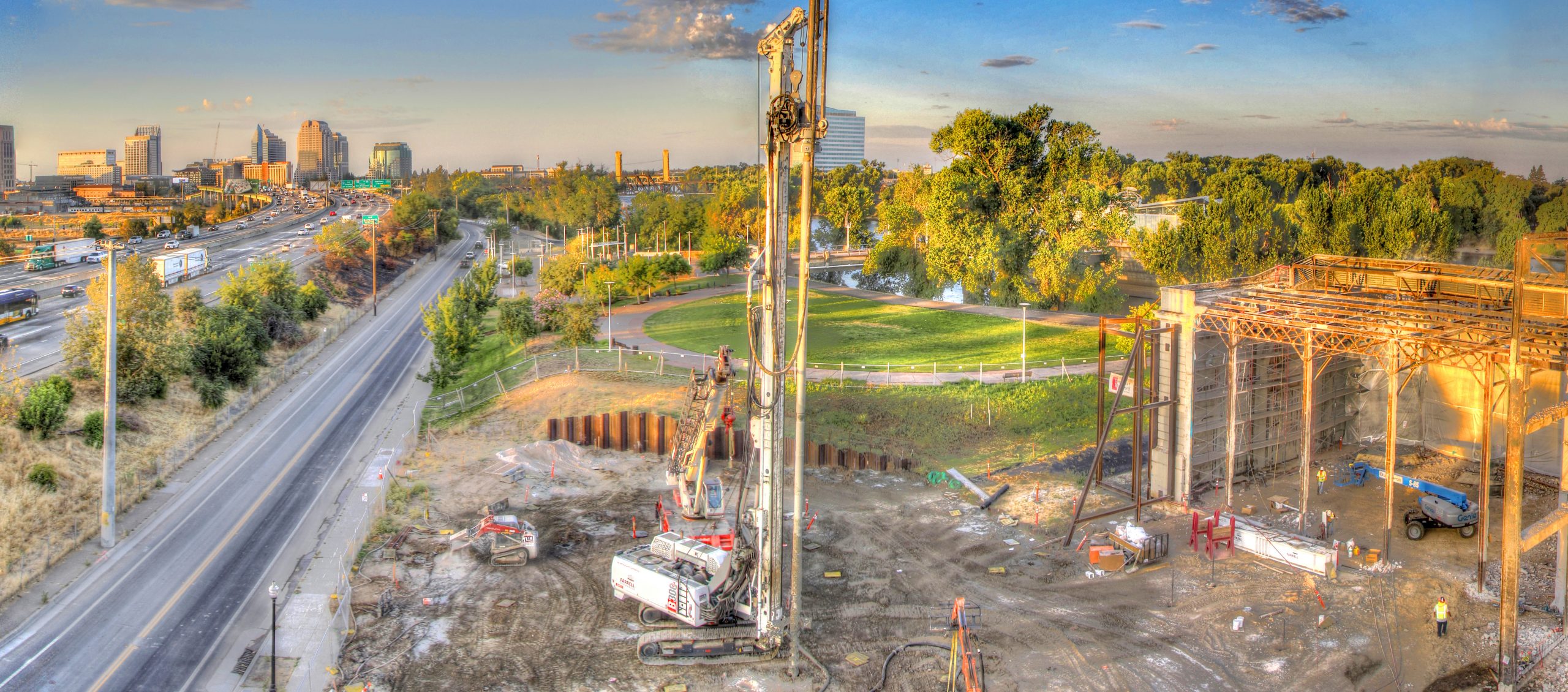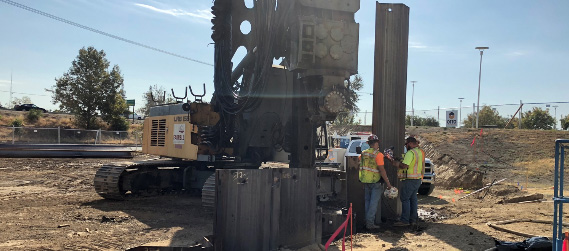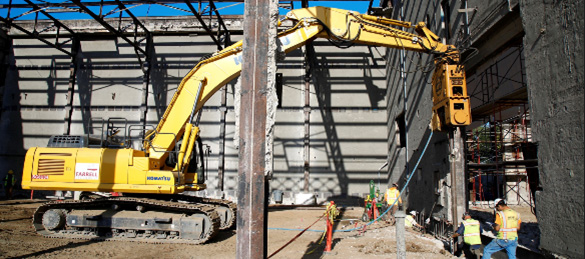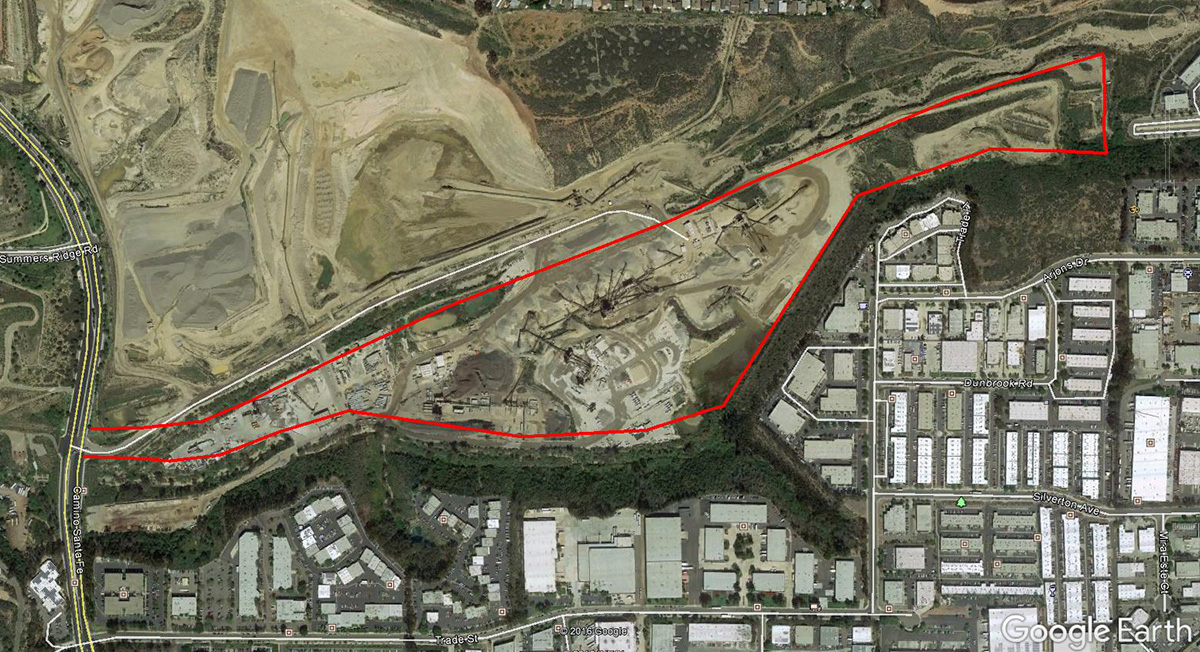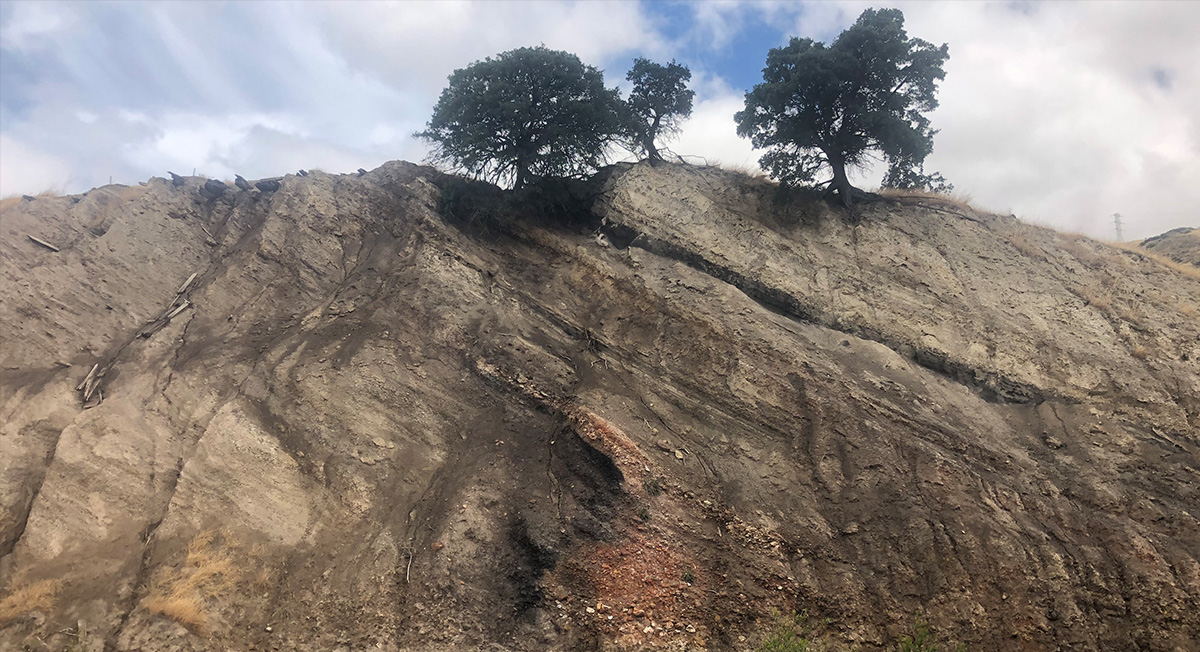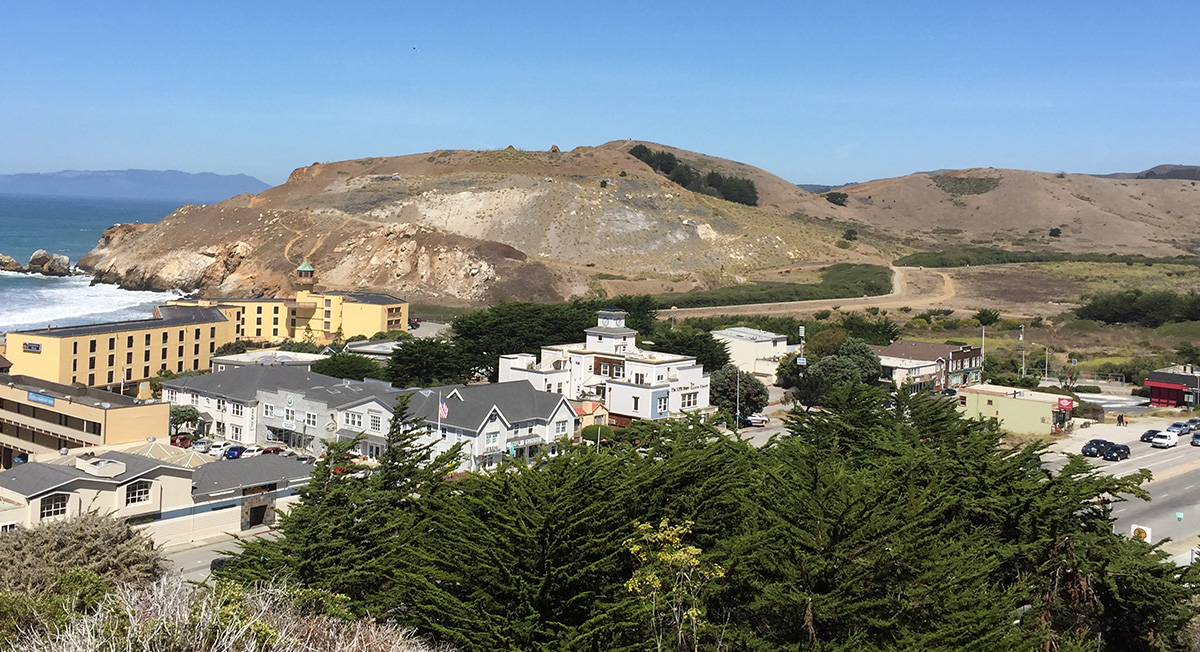The new SMUD Museum of Science and Curiosity (MOSAC) – formerly the Powerhouse Science Center – is a hub for science education, exploration, and promotion in the City of Sacramento. Located on the banks of the Sacramento River just north of the I Street Bridge in Downtown Sacramento, the museum facility is an adaptive reuse of an abandoned power station building, which incorporates a new building addition.
Vacant for over half a century, the 30,000-square-foot former powerhouse building underwent a complete structural and historic rehabilitation. A new two-story, 22,000-square-foot addition is located on the east side and contains a lobby, classrooms, offices, and a cafe. A 120-seat planetarium – a zinc-clad hemispheric dome tops the new addition. MOSAC is designed to achieve a USGBC LEED Rating of Gold.
The site of the MOSAC was formerly occupied by a historic powerhouse building originally constructed by Pacific Gas & Electric Company in 1912. The Powerhouse was in operation until 1940 and was subsequently abandoned in 1960. The site was used intermittently as a junkyard after it was abandoned. These past site uses resulted in significant petroleum/lead contamination in the soil beneath and around the Powerhouse. In the 1990’s, Underground Storage Tanks (USTs) and petroleum-impacted soil was removed from beneath building and lead-impacted soil on the eastern side of the building capped with clean soil (Clay Cap) to prevent exposure of site occupants (workers and visitors) to lead and leaching of lead to groundwater. The Clay Cap was approved by DTSC with a deed restriction limiting land use and protecting the cap to ensure its future effectiveness.
The site is located on the east bank of the Sacramento River, immediately west of the former Union Pacific Railyards. The site is located over a historic meander of the American River and is underlain by a thick sequence of recent alluvium consisting of soft silt and loose sand. Groundwater is shallow and is strongly influenced by the adjacent Sacramento River.
Under close coordination with the DTSC and other regulatory agencies, Geocon performed an extensive geotechnical investigation program for the project, including conventional exploratory borings, in-situ cone penetration testing (CPT), and dilatometer testing (DMT). Exploration depths ranged from approximately 50 to 150 feet. Due to soil contamination, all investigation-derived waste had to be containerized and disposed of offsite. The project site presented many geotechnical challenges, including soft compressible soil, seismic-induced liquefaction susceptible soil, and dynamic instability/lateral spreading potential.
Based on the geotechnical conditions at the site, the building addition would require deep foundations to accommodate the heavy building loads and the existing powerhouse building would require additional deep foundation elements to support new interior improvements and increased seismic loading to meet current building code standards. The foundation design had to consider the potential effects of liquefaction. In addition, the lateral spread hazard required mitigation. Geocon collaborated closely with the project design and ownership team to develop a cost-effective foundation and seismic hazard mitigation solutions for the project.
Several lateral spread mitigation alternatives were evaluated and discussed with the design team, ranging from constructing a “boundary wall” adjacent to or within the levee along the western perimeter of the site to constructing isolated “containment” walls adjacent to the affected buildings to reduce the potential for soil loss below the buildings. Given the prohibitively high cost of constructing site boundary walls, isolated containment walls were considered appropriate mitigation for the project. Therefore, we recommended using sheet pile containment adjacent to the buildings.
The sheet pile wall was designed to retain soil below the building if a lateral spread “slump” developed in front of the sheet pile wall. The wall had an overall depth of approximately 55 feet and was designed to act as a retaining wall for existing fill within a landscaped park area adjacent to the building.
The primary geotechnical constraints for foundation design and construction included loose-fill, soft compressible silt, and loose, liquefiable sand. Other challenges included petroleum hydrocarbon/heavy metal soil contamination, heavy building loads, and low-overhead conditions within the existing Powerhouse building.
Given these constraints, Geocon recommended using displacement piles for the project. We collaborated with the foundation specialty contractor to develop the deep foundation program. Piles for the new building consist of drilled displacement piles (DPP), 16-inch-diameter, 78 feet long (on average). A total of 87 DDPs were required.
The supplemental piles for the existing building consist of drilled pipe piles (DPP), 6-inch-diameter, 75 feet long (on average). A total of 44 DPPs were installed within the existing building using low-overhead equipment.
Prior to production pile installation, a full-scale load testing program was performed for each of the pile types to demonstrate that the piles would provide sufficient axial capacity to meet project loading requirements.
After successful completion of the load test program, production pile installation commenced. Geocon’s field personnel provided continuous Quality Assurance (QA) pile installation observation services. In addition, our field technicians and special inspection staff sampled and tested the grout for the piles and inspected the pile reinforcing steel. Geocon’s responsive QA field services allowed the deep foundation system to be completed slightly ahead of schedule.
MOSAC has resulted in several significant social benefits. First, MOSAC transformed an abandoned power station building and site with legacy soil contamination into a thriving community asset. Second, MOSAC has achieved a USGBC LEED Rating of Gold. Construction strategies such as reusing site concrete resulting from selective demolition helped achieve this rating. Finally, and perhaps most importantly, MOSAC is a dynamic epicenter for STEAM education and an anchor point for Sacramento’s revitalized waterfront.
Geocon is proud to have played such an important part in delivering this world-class project.
Award: 2022 CalGeo Outstanding Project Award
Client
City of Sacramento
Services
Geotechnical Engineering
Construction Inspection
Geocon Leader
Jeremy Zorne, GE

